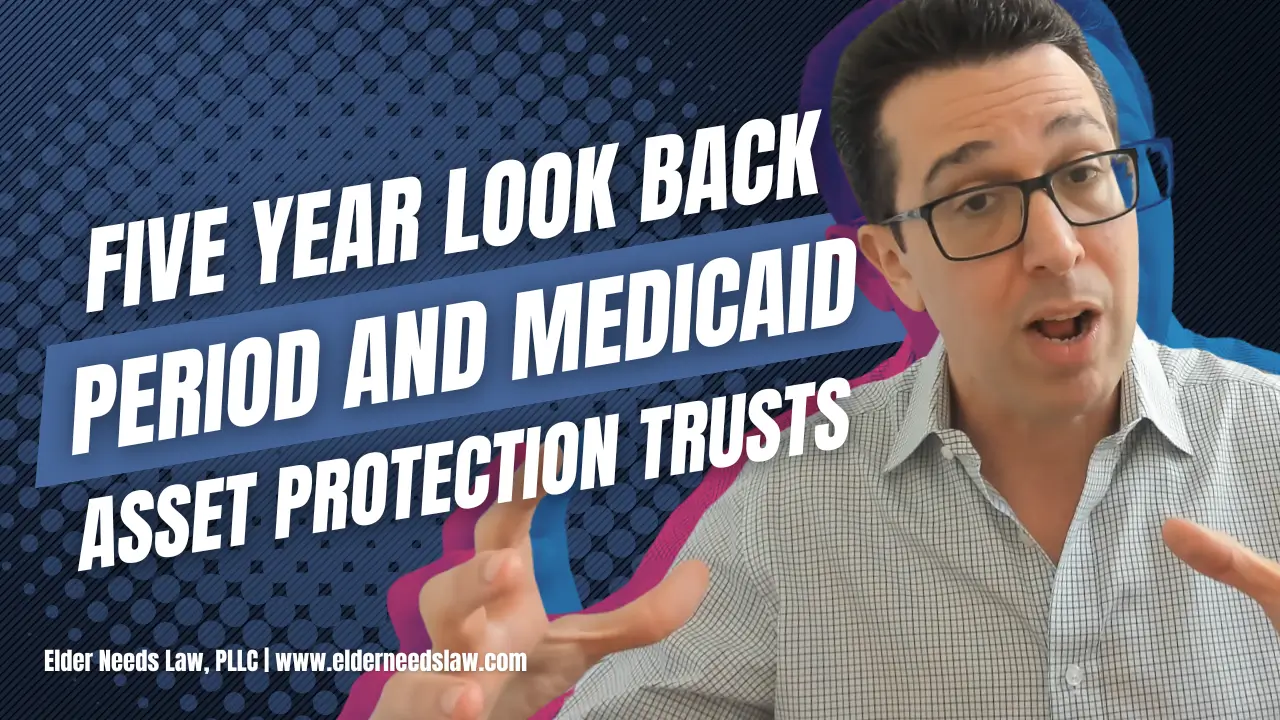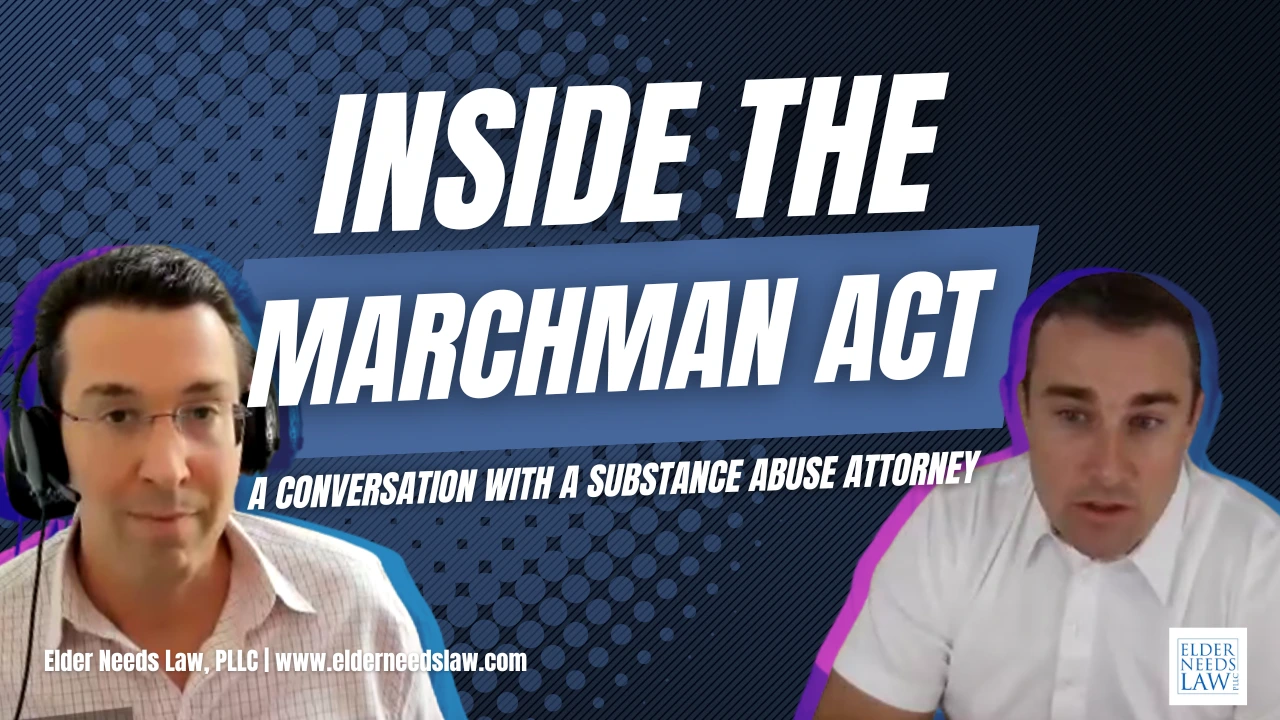Medicaid and Life Insurance
.jpeg)
Does Medicaid Count Life Insurance as an Asset?
According to the Medicaid Policy Manual Section 1660.0553 on Life Insurance: The cash value of a life insurance policy is included as an asset. The Florida Medicaid applicant will be asked to provide the policy's cash surrender value, if any. However, the cash value will be disregarded (see ESS Policy Manual Section 1640.0554) if the face value of all life insurance policies total $2,500 or less.
- almost all life insurance policies will have a face value higher than $2,500.
- Once the face value exceeds $2,500, the available cash surrender value will be deemed an asset that is accessible by the Medicaid applicant which could be put towards the medicaid applicant’s cost of care.
Life Insurance Medicaid Solution #1: adjust life insurance holdings to reduce the face values so they, collectively, do not exceed $2,500. See the third paragraph of 1640.0554.
Life Insurance Medicaid Solution #2: borrow from the cash value, reducing available cash balance so all assets (including life insurance cash value) are below $2,000.
Life insurance policies that only have a face value and no cash surrender value (e.g. burial insurance or term life insurance) will not be considered a countable asset for medicaid purposes.
Life Insurance Medicaid Solution #3: if possible, transfer ownership to someone else in a Medicaid-compliant manner (i.e. in a way that would not be penalized as a gift). This is further described in another blog post - scroll down to where I discuss the Prosser Court Case in another article where I discuss how life insurance can impact Medicaid eligibility in Florida.
What is the difference between life insurance cash value and life insurance face value?
Face Value = Death Benefit
Face value of life insurance is the death benefit – the amount that is paid to the beneficiaries listed on the policy when the life-insurance policy holder passes away.
Every life insurance policy has a face value / death benefit (that is the point of purchasing life insurance), but not all life insurance policies have a cash value. The most common type of life insurance is referred to as “term life insurance.” Term life insurance policies only have potential death benefit (i.e. if you pass away in the term period).
Whole Life Insurance / Universal Life Insurance / Variable Life Insurance, on the other hand, are hybrid forms of life insurance where a portion of your monthly premium goes toward the cost of the life insurance and another portion goes towards an accumulating cash value - that can grow quite large over time.
Cash Value = Potential Living Benefit
When you pass away, the cash value remains with the insurance company. Your beneficiaries only receive the face value / death benefit. So what's the point of having a life insurance policy with cash value?
While the policy holder is alive, they can borrow from the life insurance policy’s cash value (almost any time and for any reason virtually without limitation).
They can borrow from the cash value at a very low interest rate and the amount borrowed does not necessarily need to be repaid (it will be repaid from death benefit funds after the policyholder passes away | the loan will rarely exceed the death benefit).
The entire cash value can also be accessed by surrendering the life insurance policy (however, this will eliminate the death benefit). This is why the cash value is also referred to as the “cash surrender value” or CSV.
In addition, life insurance policies have significant creditor protections in Florida, so it's a way to access accumulate resources -and access funds- that are not subject to creditor attachment.
.png)






